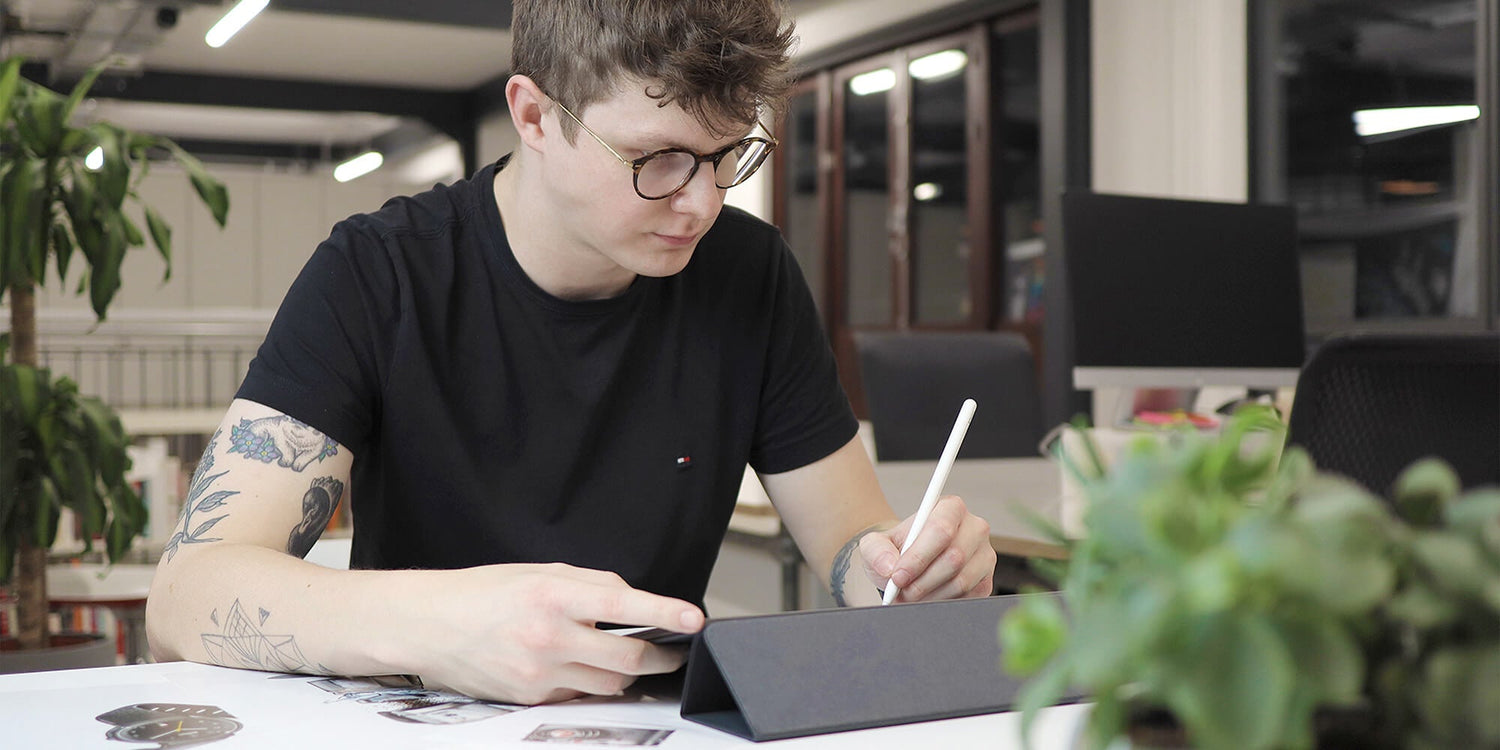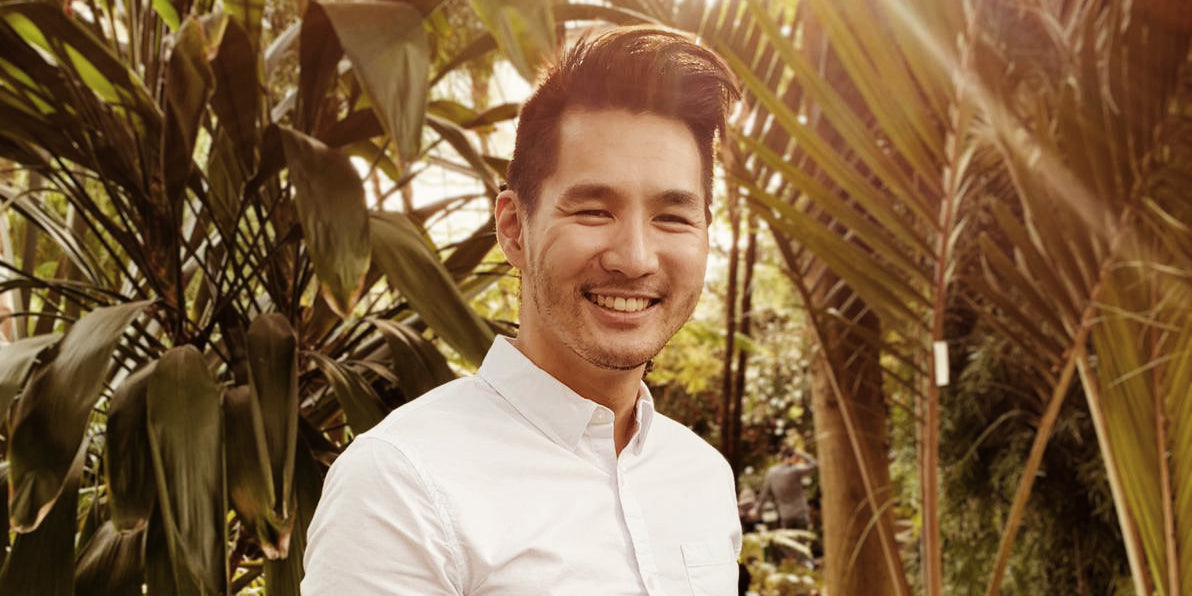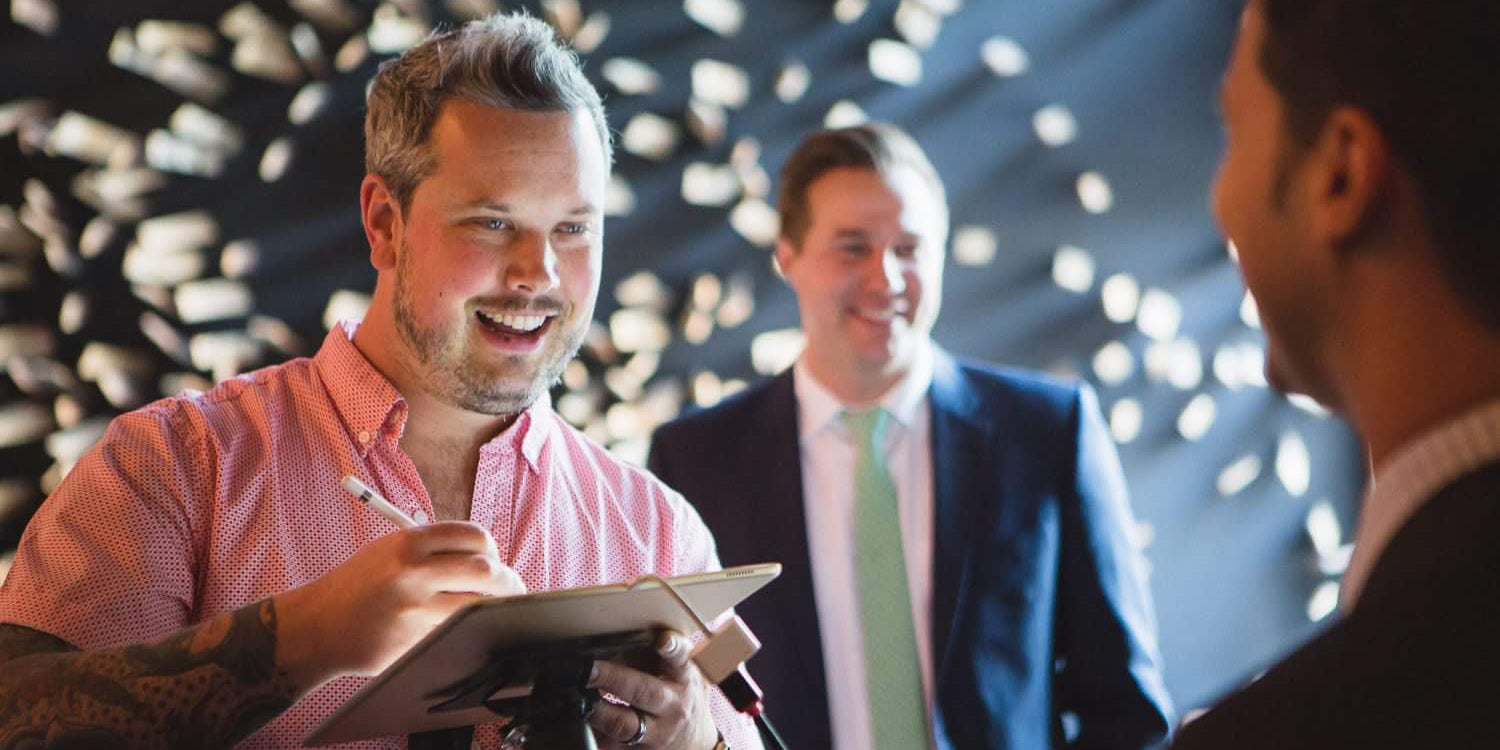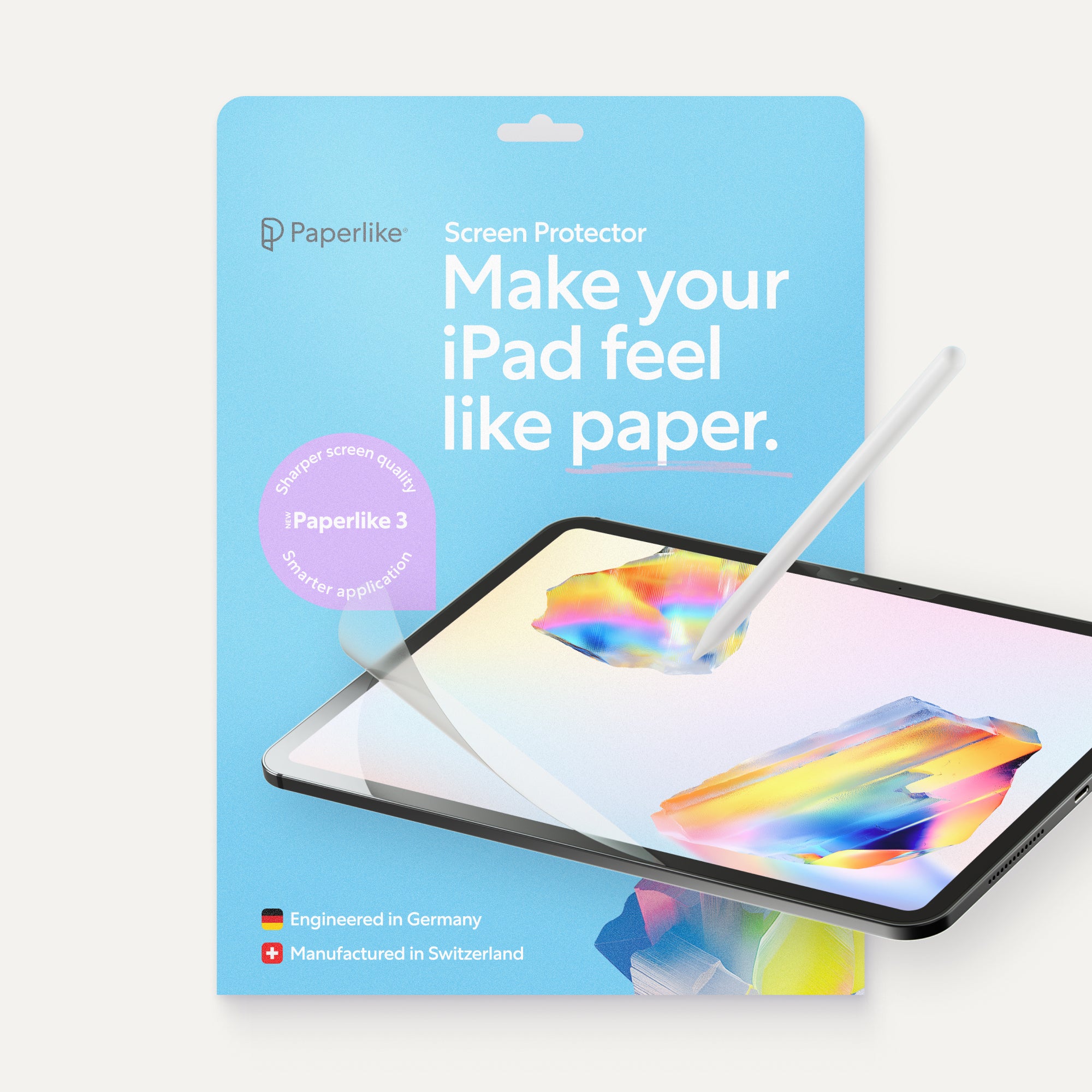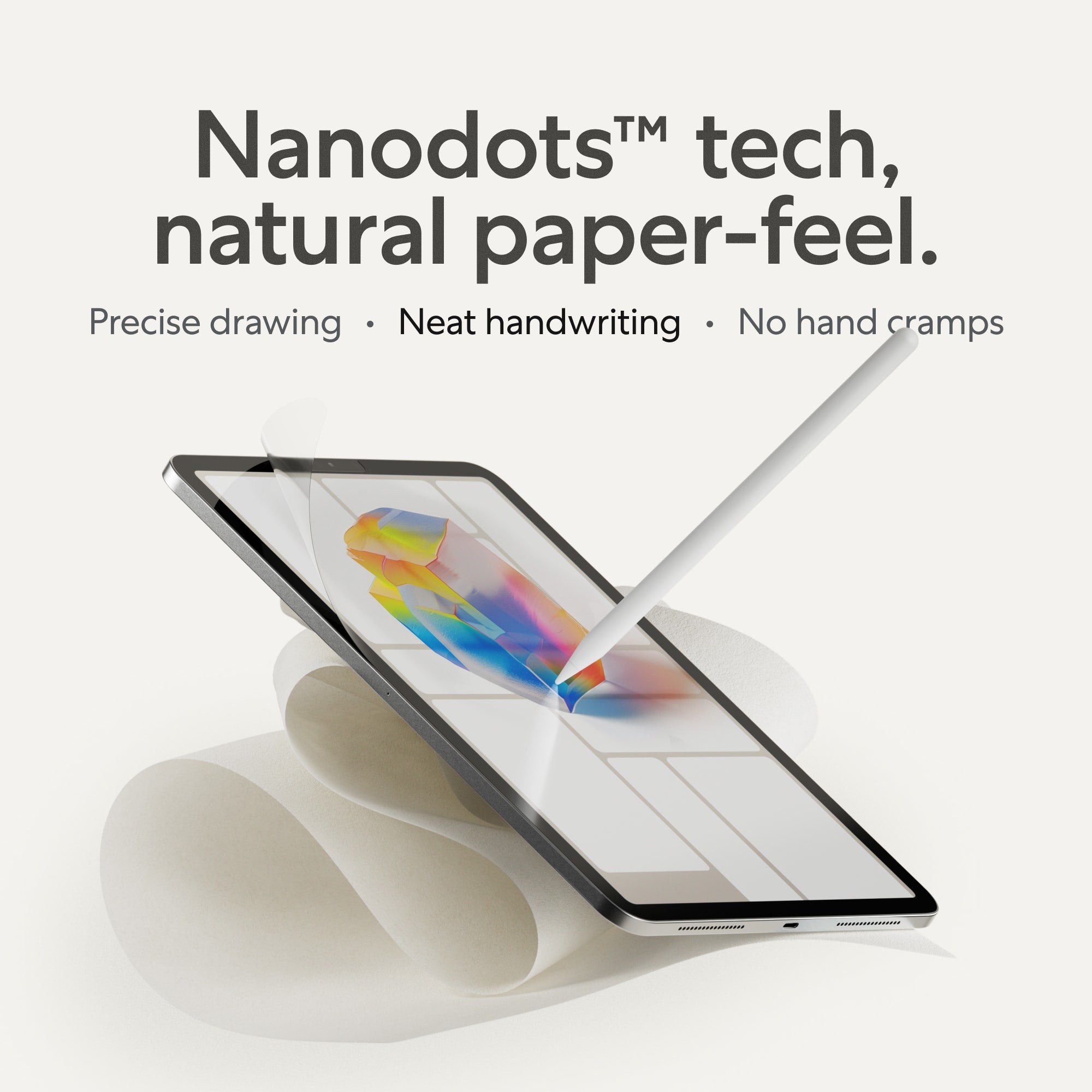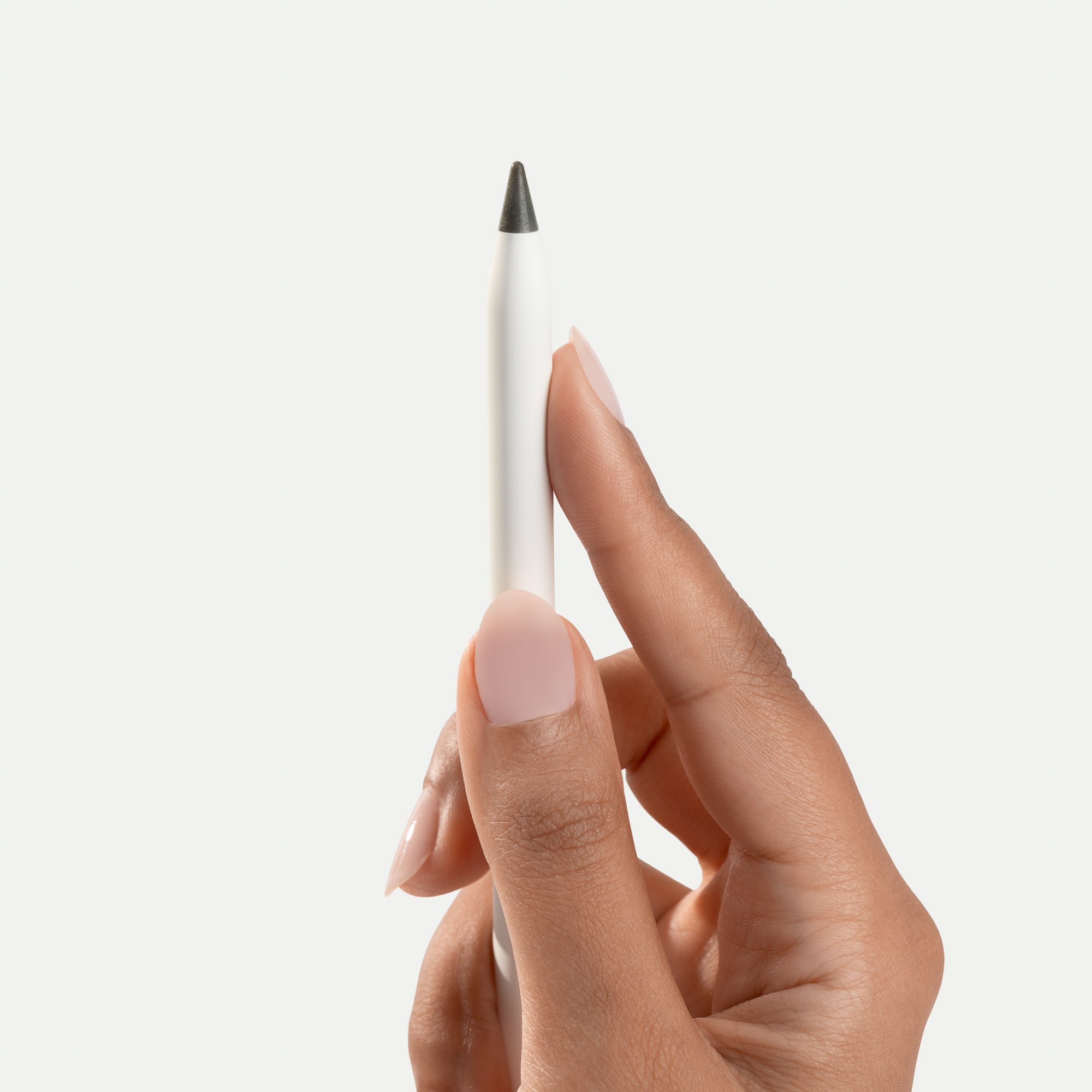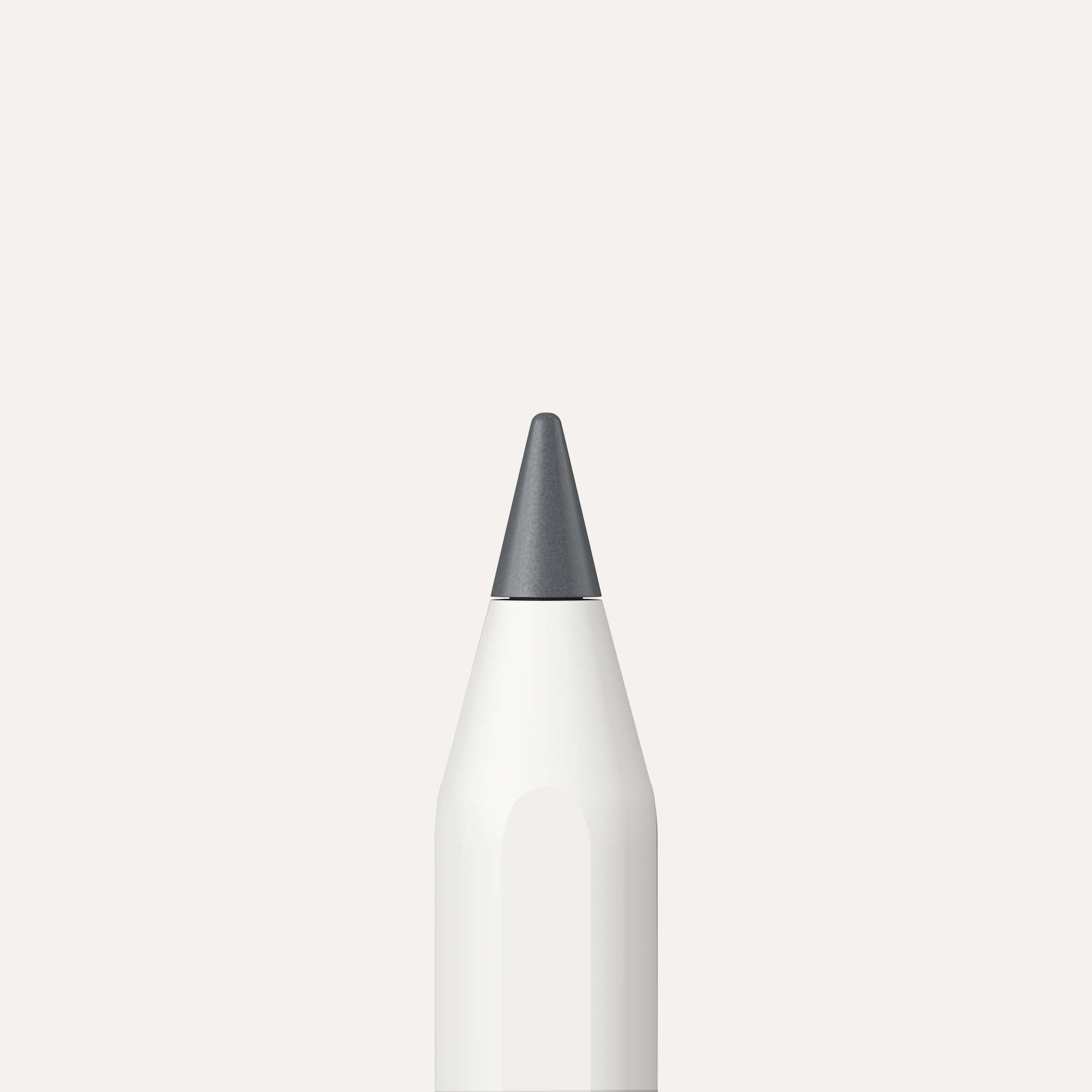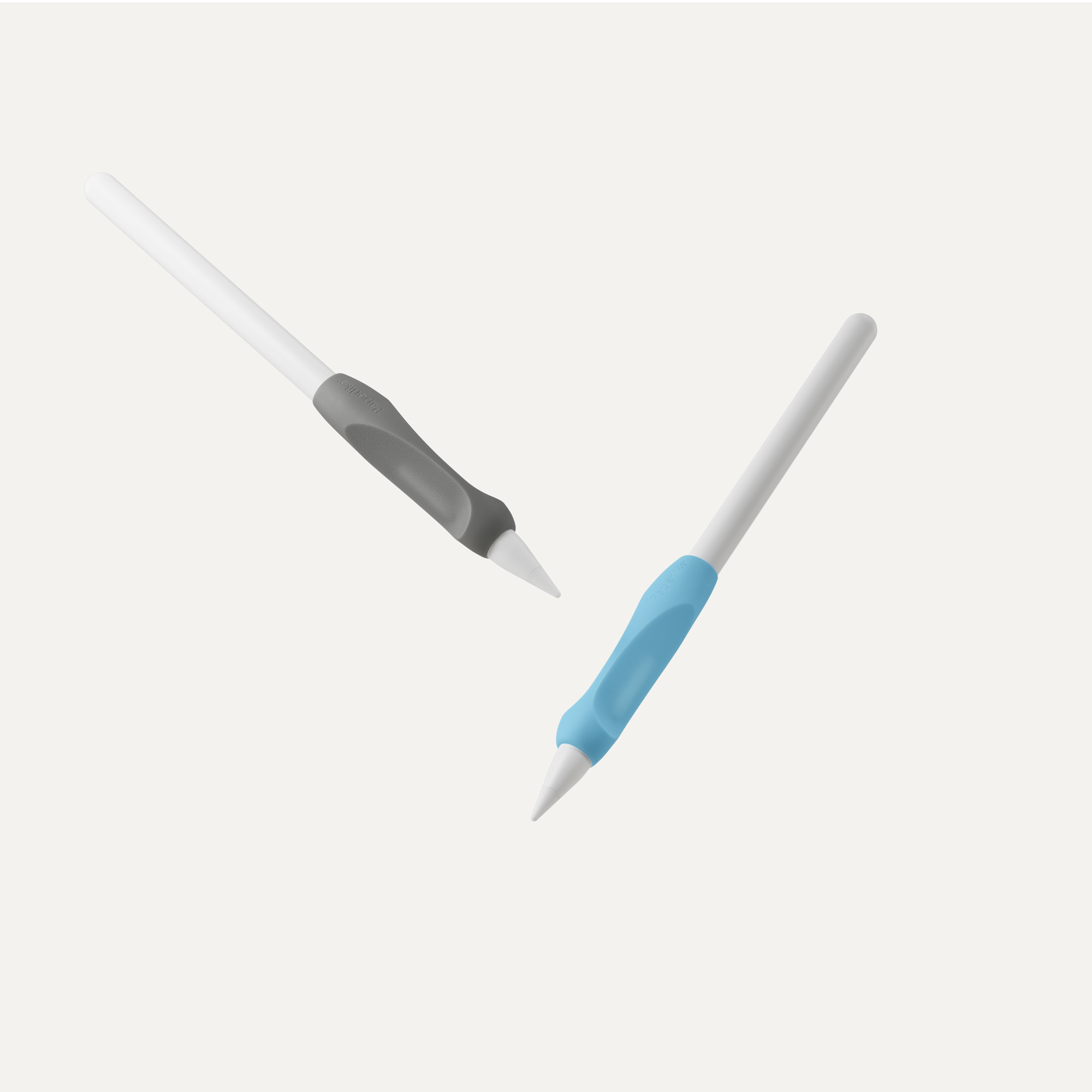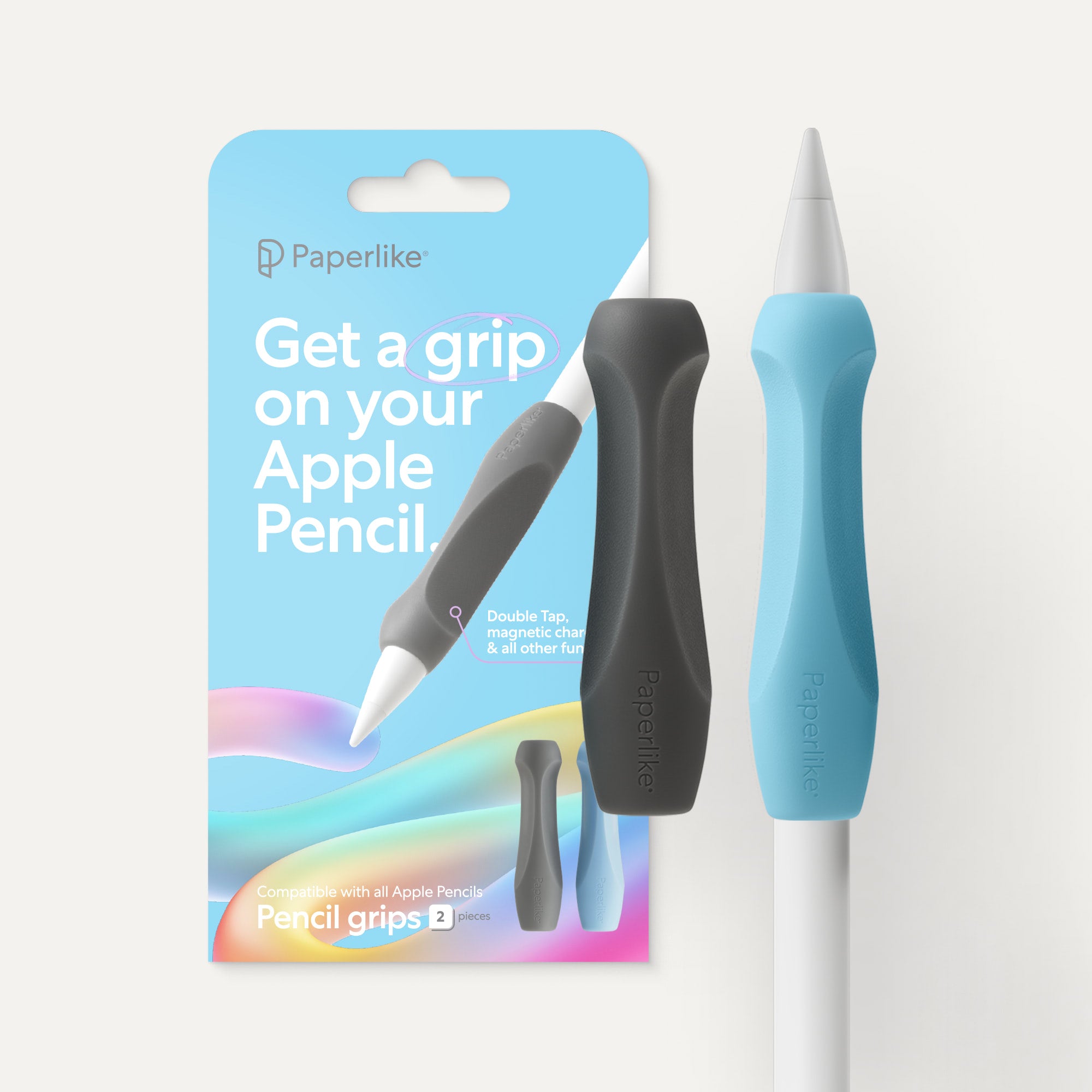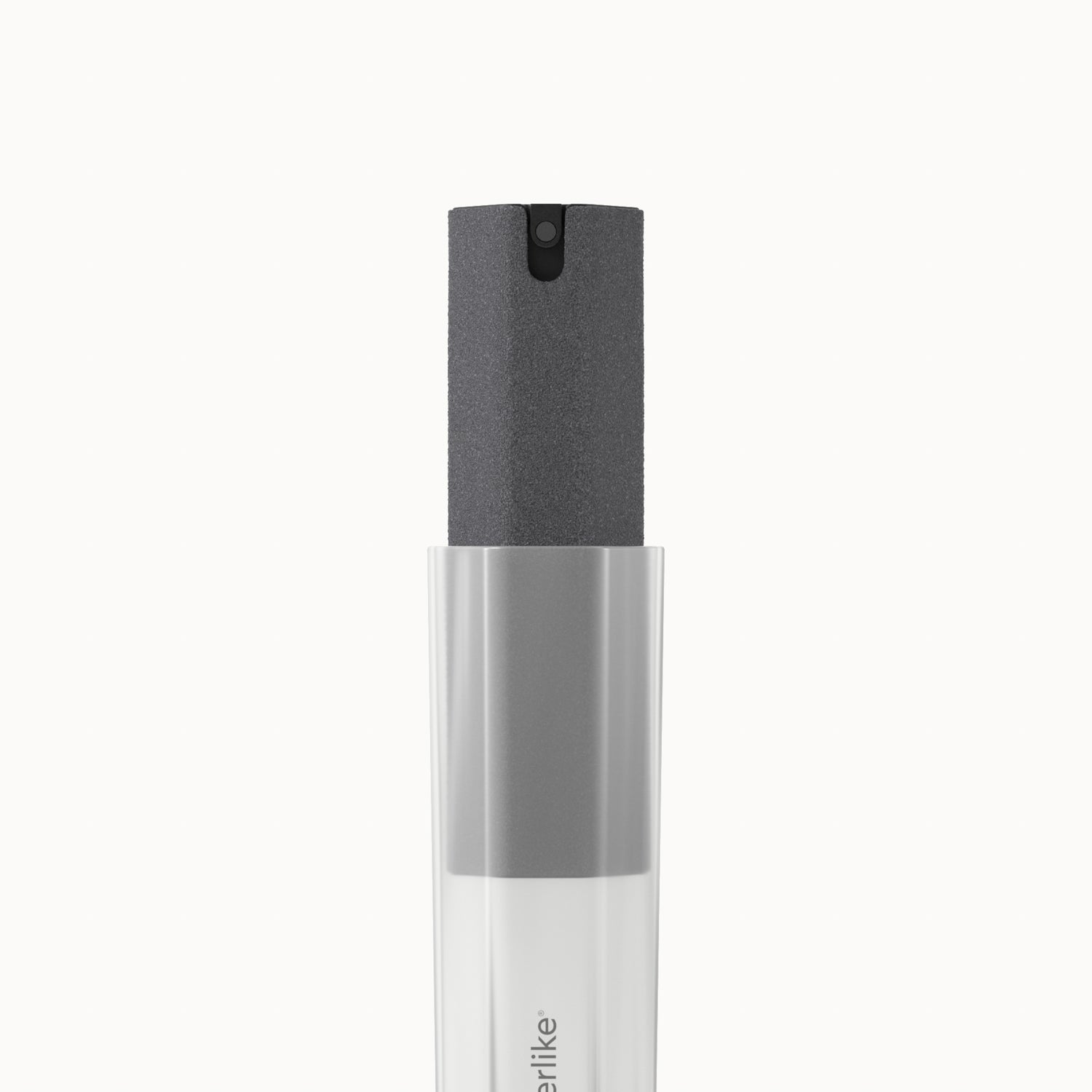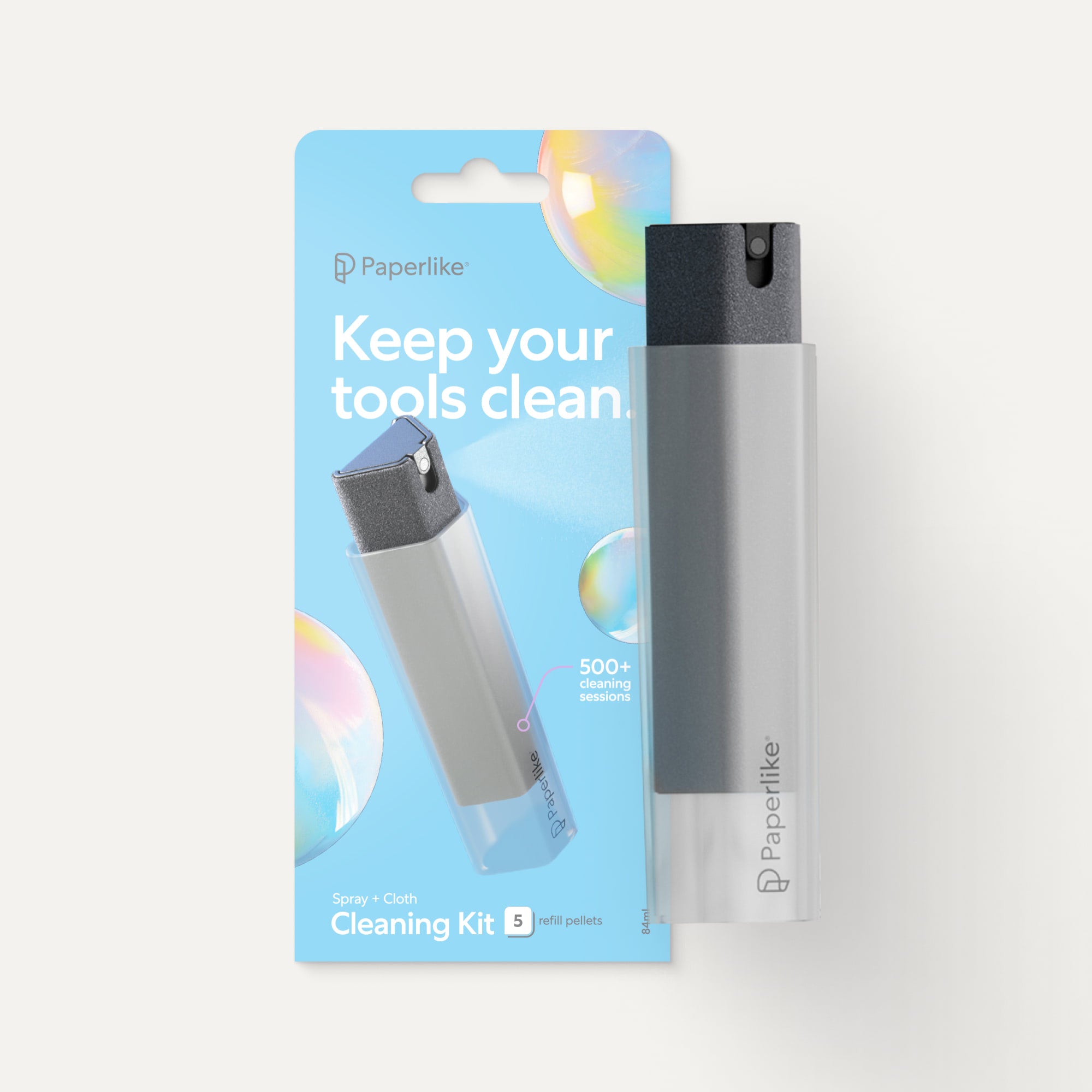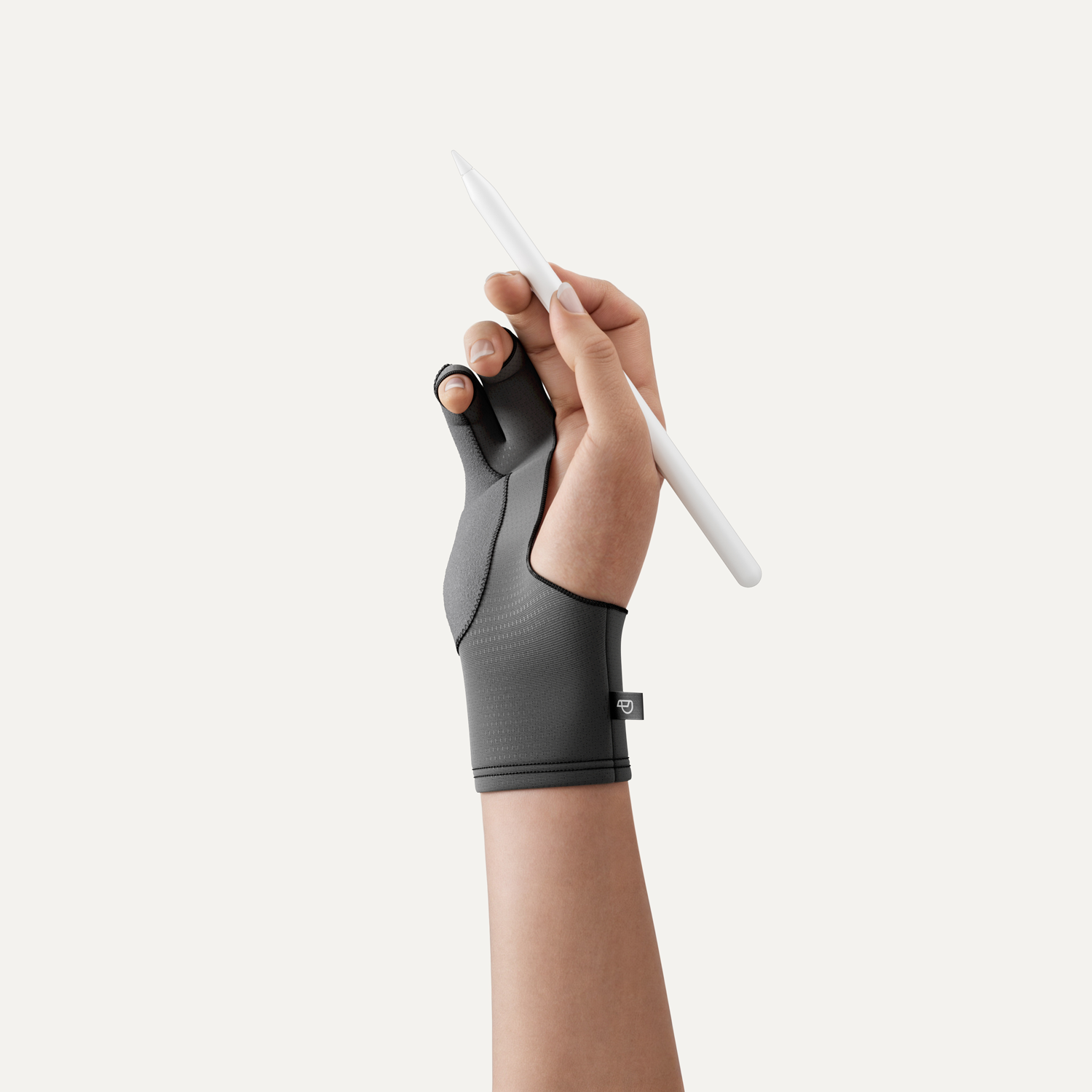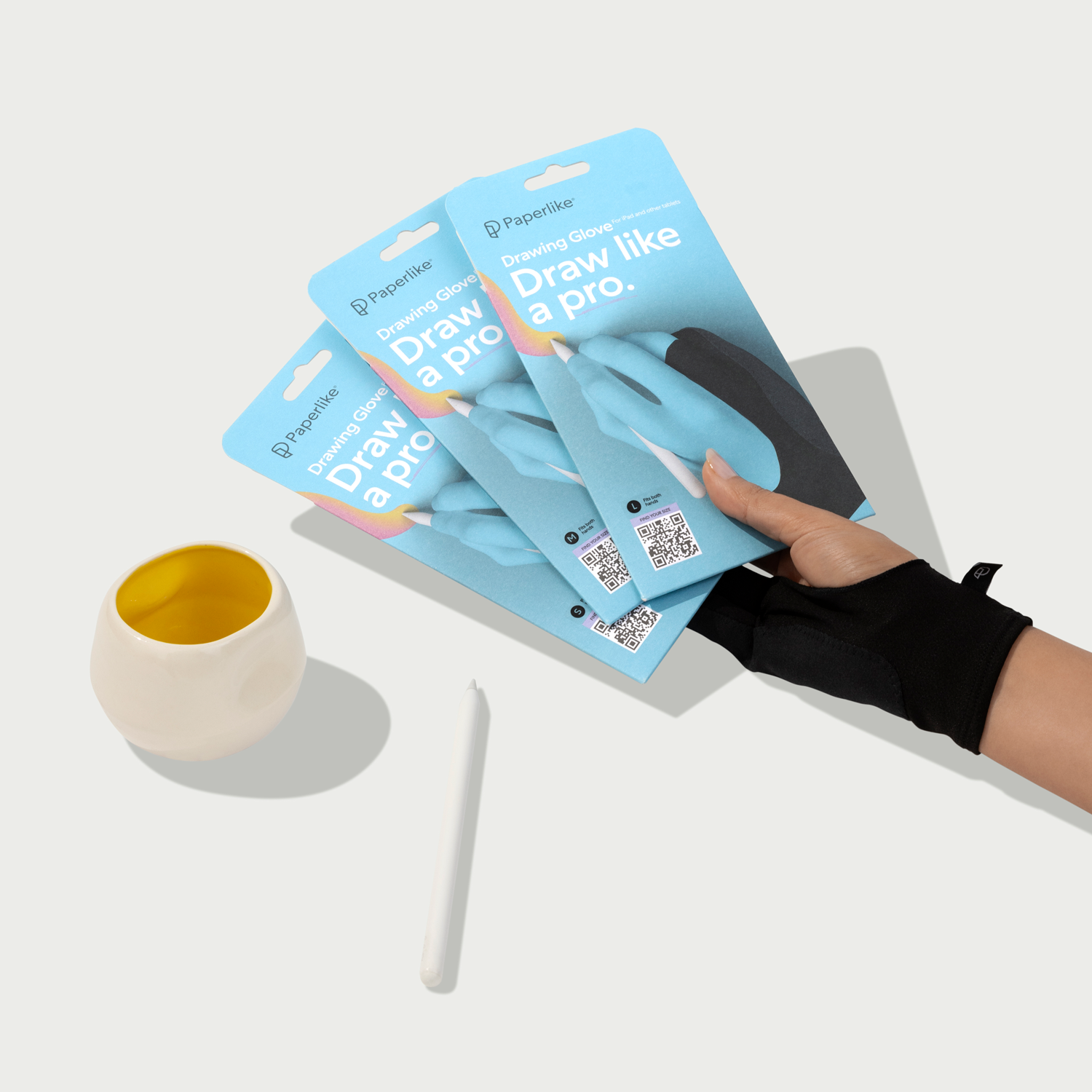A quick walk through an electronics store or a casual glance at the online equivalent might seem like a normal part of today's life, but hidden beneath the surface of each product is a journey that has weaved itself through a complex process involving many entities and many steps.
Such a journey, of course, begins with just a designer and his imagination: someone like Sam Gwilt, a design artist for Precipice Design and the man behind “Sam Does Design,” a website dedicated to his whimsical ideas. As someone who appreciates the beauty and functionality of the products we purchase and use, I was excited to speak with Sam and learn about how he got his start, how the industrial design world works, and what we’re in store for in the future.

Growing up with the best of both worlds
Though Sam is an industrial designer, it’s hard to deny that what the things he creates are artforms. In many ways, Sam’s work is the blend of artistic creativity with engineered practicality. That’s likely due to his upbringing. You might even say that this type of creativity was bred into him.
"The majority of one side of my family are artists who work with glass, ceramics, watercolors, and those types of things," Sam says, "and then on the other side, it's mainly engineers. So when I was growing up, sometimes I'd do some glass art for the day, or help my grandmother with ceramics, throwing pots on a wheel, and I can also remember sketching out some desk designs with my granddad, some drawer designs that could go in my room. I was only eight or nine at that point. And now I realize, 'Oh yeah, that was design work.' In fact, most of my childhood was geared up for me to become a designer in some way. It was about going out and trying new things with new approaches."
Sam does school
Eventually, Sam built on these experiences with formal design education.
"I enrolled in a technology college which just happened to be the closest secondary school to my house," Sam said, "and it had a great design and technology department, which I really liked. But when it came to choosing a university course, I was torn between automotive design at Coventry University and industrial product design at Brunel. I told myself, however, 'If I do industrial design, then I can always specialize later on and do car design later. But if I do car design now, I'll never be able to branch out and do all the different types of design after that.' Now the irony is that today I know more automotive designers that have moved into product design than I know product designers who moved into automotive design!"

Sam, however, was happy to attend Brunel University London plus learn more about design as a whole through several internships.
"My first internship was a graphic design job making banners for websites," Sam says." If I had enjoyed that more, it could have taken me in more of an advertising route. Then I did an internship at Paul Cocksedge Studio, based out of Hackney, London. They’re sort of a lighting installation/exhibition/gallery type thing, but I would argue they’re more of an art studio than a design studio, and I worked there for eight months. That was exciting because they were really cutting edge. Nobody else in the world was doing what they were doing.”
The Paul Cocksedge Studio, based out of Hackney, London specializes in using metals other designers might avoid—such as patina and fixed slabs of acrylic—to create unique designs that look like they might come from a science fiction movie.

Auditorium, 2012. Photo Credit: Paul Cocksedge Studio.
“Paul himself learned from Ron Arad at the Royal College of Arts," Sam said, "so that's quite a royal lineage, you know. I think both those people influenced my work. Then I came to Precipice Design to do a six-month placement here, and that was a crazy transition. I'd gone from one week doing these 20-meter high installations in Seoul, South Korea to working at Precipice where we were deciding whether to use font point 7.5 or font point 8 on the back of medical packaging. But Precipice does a wide range of stuff, which is part of what I like about it. Because it's a design consultancy, some days it's 'Can we fit in 6.2 font or 6.3 font?' But other days it's crazy notional thinking, designing a product pipeline for a company based on ethnographic research and semiotics and all this science. And I really like that balance of being creative but also being really concise about it as well."
When the future becomes now
Along with the products we purchase, the technology that’s used to design and manufacture them is always evolving. As somebody on the outside of the industrial design world, I wanted to know if 3D printing was all it was cracked up to be from Sam’s inside perspective.
"Five years ago," Sam says, "a 3D print was something that could give you an idea of the final product, a prototype-type thing. But it was never possible for it to be the finished thing that you actually buy. But now it's actually doing exactly that. In fact, when I posted the concept for a lamp design on my Instagram, someone said, 'Hey, this looks like it could be a cool lamp for Gantri.' I'd never heard of this company, so I had to check them out."

Gantri is a San Francisco company that specializes in lights that are 3D printed in a biodegradable, cornstarch-based Polylactic Acid that’s engineered to withstand overheating.
“I went to their website, and I think the stars were aligned because it turned out they were advertising for new designers to come on board so they could start up some new collaborations. I applied, and we started talking maybe a month after that.”
Working under the Gantri banner, Sam designed “weight,” a whimsical light with a simple beauty and elegance.
"I wanted to play with the fact that the 3D printed material is molten when it's printed, right? It's on a spool, and it gets heated up and becomes a molten bead of plastic. Then, as you're printing it, you build it up. So I thought, 'What if you could capture that soft molten feel in the final product?' That's why I wanted to make it look like a sphere. It's this ball that's fallen onto a base as if it was soft, but, of course, it's actually a rigid print. And because of the 3D printing technology, it was on the market just a few months later in the USA and Canada. Unfortunately, most of the people that I know are in the UK, and no one here can buy it!"

It stands to reason that carrying inventory is quite expensive for product manufacturers, but with now 3D printing they can avoid the costs of ordering in bulk and keeping unsold products in a warehouse. By printing to order, manufacturers are now creating a fully streamlined and efficient operation that better serves the designer, the business, and the customer all at once.
"Originally," Sam continued, "the reason I wanted to go into product design was that I wanted a direct connection the customers to make their lives better. But that doesn't always happen because there's sometimes this long process, you know, where we design it, then it goes to our client, then it goes through their regulatory body, and then it goes through their lawyers, and so on. And there's a lot of back and forth with regulatory, the in-house design team, the manufacturers, and the other stakeholders as you're trying to find a happy medium. So if I could bring it all back in and just set up something that can make products straight from me to the consumer, that would be cool. And with 3D printing, it takes us closer to that."
Sam, however, doesn’t think 3D printing is limited to his area of expertise.
"In the future, it's going to enter our lives in a whole new way, not just concerning long-lasting products like lights, but in other aspects of life as well. A lot of confectionary companies are looking at 3D printing, too, so you may eventually get food in this way."
I mentioned to Sam that this sounds like the sort of thing you’d see in Star Trek or Black Mirror, and Sam quickly agreed.
“Yeah, actually there are a couple of Black Mirror episodes that I watch, and it's like, 'That's not even the future. That's literally my life.' "
The ghost in the machine
Sam has worked in agency-land long enough to know that he’ll often be the “ghost in the machine,” not always getting the personal glory for his designs.

Camera sketch commissioned by Procreate.
"We do live in the shadows sometimes, but it's okay. We get a lot of freedom. If we pass off our design intent, we know that the client is going to then sit on it for a year and then pick it up again in a year and a half. That's when their in-house team goes to work on it. That means we have some freedom to just come up with some wild, exciting ideas for the future, essentially asking ourselves, 'What is the future going to be like?' and 'What if?'"
Such a process, however, is not without its human quirks.
"We once did work on this medical design, with design intent work that we did ages ago because it takes a long time for these to come to market. And this design eventually won an award, so we got to go to a ceremony. But the client's in-house team was there too, and they were like, 'How come these guys are here when we did the design work-up?' And we were like, 'How come these guys are here when we did the design intent?' So that sort of thing is always funny. You don't really learn that in school. You think about sitting down, sketching a product, and pressing print, but there's also this human side to it as well."
Art versus design
As we move into the future, the difference between an artist and a designer continues to become more ambiguous, playing to Sam’s strengths.
"It's such a blurry line because pieces of design can be beautiful, like an art piece," Sam says, "but pieces of art can have a function as a design piece as well. I think that if someone calls themselves a designer, then that's cool, they're a designer. If they think of themselves as an artist, then they're an artist. I mentioned the Paul Cocksedge studio. The website says that they're a design studio, but I also think of them as artists."

Sam isn’t alone in his assessment. Growing up in a technological world, a new generation is redefining the definition of “artist.”
“You don't have to be the one with the paintbrush to be an artist now, right? For example, there’s this cool brand called Alessi that specializes in designs that are playful but still contemporary, like these kettles with a bird on it that whistles. But when things start to get mass produced, even something beautiful, then it’s usually considered a product design instead of an art piece.”
Every rule, of course, has its exception. Take Philippe Starck’s juicy salad lemon squeezer, for example.

"That one is hilarious because it's beautiful and everyone wants it—it's truly a work of art—but as a product, it doesn't actually work. It doesn't matter, however. People still want it. So I would call that an art piece even though it's manufactured in mass because people have this emotional connection to it."
People buy meanings, not products
For Precipice Design, such an emotional connection isn't just important. It's a fundamental philosophy.
“We call it meaning-centered design. What we do is we map out huge landscapes of meaning and emotion. And then once we have maps like this, we can design to pinpoint specific emotions and pinpoint specific meanings that products have. It’s a different starting point than beginning with the idea of serving a purpose. And that’s blurring the line between art and design even more.”

Sam gives the example of designing a portable radio that that’s rugged and goes into the fields for weeks on end.
"It needs to look robust, and you need to make it feel robust," Sam says. "If I made a radio that was really robust, but it looked flimsy, no one's going to buy it. So you have to push the boundaries of what is possible, but keep it within the world that everyone already understands, you know? So, when you're looking five to ten years out, and you need to decide what people are going to understand by that time, that's where it starts to get interesting because you're planning the future and then designing to fit within that context."
But just as expectations influence product designs, product designs can influence expectations, something Sam learned even back in his school days.
“Back at the university, there was this joke that we couldn't go to a single lecture without hearing about Apple. And in some ways, we thought this company was crazy and would nitpick their new designs, like the Magic Mouse 2, where they put the charging port on the bottom. This means you can't use the mouse while you're charging it with the cable, and that doesn’t make any sense when you first look at it.”
But the brilliance of the Magic Mouse 2 was that it forced you into a new behavior that reinforced the aesthetic of the product and Apple brand.
“When you actually think about it as a designer,” Sam continues, “you realize that they don't want you to use it while it's charging because then you'll just leave it plugged in all the time, and they're subtly changing the way that you're using the product to benefit their look and brand as a whole. Charging it for five minutes to get days of use is better for them than just having it plugged in all the time and ruining the look.”
When Sam said that, I had a visceral notion about the true importance and brilliance of great design. It’s not about making something that merely looks beautiful, but about influencing human behavior.
Jumping into the design industry
With all our philosophizing out of the way, I wanted to hear some of Sam's advice for would-be designers.
"I would say to get yourself online as fast as possible," Sam says, "whether that's through Instagram, Twitter, or with your website. You need something where you can build your brand and your community who you can trust to help you out. Because it's all about making connections, and it's all about learning from others. If you go to a design university, you can learn from your lecturers, and you can learn from the people in your class. But if you're online and you're learning the design community on Instagram and Reddit, that's so much more densely packed information than you can get elsewhere."
Sam also added that it's essential to engage because, as a designer, you need to learn which information is right and which is just garbage. And he readily admits he's still at the beginning of this journey.

“I'm still doing that today,” Sam said. “I also think it's really important to go to events like the Milan design week or the London design festival or things like that as well because design is a reaction to what's happening now, and if you don't know what's going on, it starts to get difficult to react.”
But as talking with Sam has abundantly illustrated, he also believes it's essential for designers to remember the human touch.
"Something all of us need to get better at is telling the story of the design," Sam continued. "You might have nicely designed products that solve problems perfectly, but if you can't connect with other people and get them to understand what these products mean, it's not going to matter. Designers need to be storytellers as well."
Looking to the future
Sam plans to stay at Precipice Design for the foreseeable future.
"It's great here at Precipice," Sam says. "They're letting me do my 'Sam Does Design' thing on the side, so that's cool. I'm also doing a talk next week at a conference, and I'm hoping that goes well and then maybe I can deliver multiple talks across the year. I'm trying to continue to grow my Instagram account and grow the YouTube channel.”
It's also important to Sam that he uses his experience to help other up-and-coming designers.


